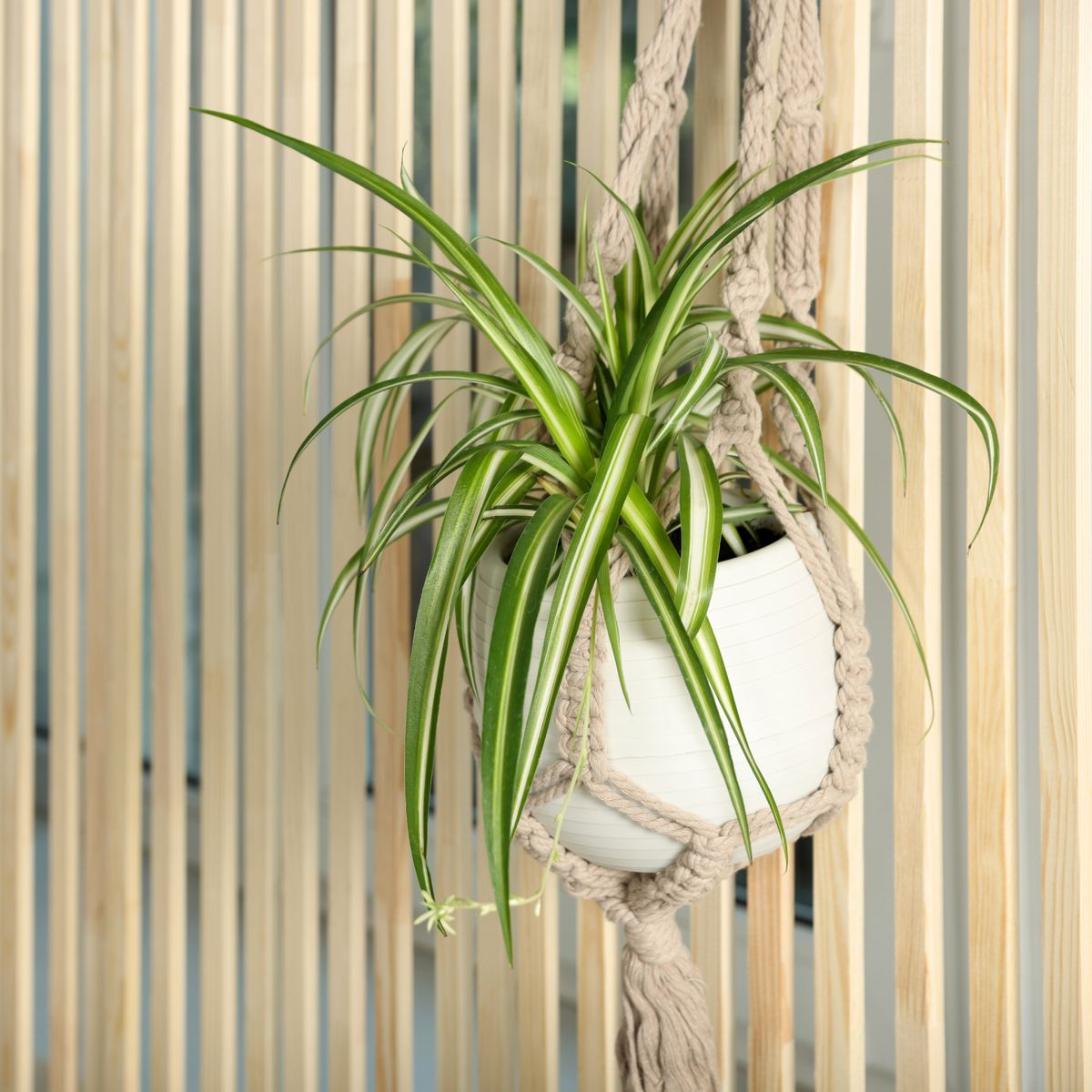[ad_1]

Last Updated on March 13, 2024 by Kimberly Crawford
I know the frustration: You’ve spent hours creating a stunning, lush garden, only to find mulch fungus creating an unsightly scene.
Mushroom-like structures sprout unexpectedly and dull the vibrant greenery you’ve carefully nurtured.
I’ve faced this battle more times than I can count, and I’ve even dedicated articles on my website, mulchuniverse.com, to tackling this very issue.
As a garden enthusiast and a lover of all things green, let me guide you through all things fungus when it comes to your mulch and your garden.
How Fungus Develops In Mulch
Before we get into identifying if your mulch has fungus, let’s take a quick look on how fungus develops in your mulch.
Let me share a little secret with you: fungus thrives in damp conditions.
I’ve seen it time and again, whether it’s near a leaky hose in a shaded spot or during those particularly wet seasons when the rain just doesn’t seem to let up. A source of periodic water in your garden can definitely create the conditions for mulch to thrive.
Fungus Isn’t Really That Bad
Should you be concerned whe you see fungus growing in your garden or mulch? Well, not really. I’ll explain why.
When plants in our gardens die and start to break down, they naturally attract bacteria and, of course, fungus. These microorganisms do the important job of breaking down organic matter, helping to return nutrients back into the soil. This process is crucial for maintaining healthy soil and supporting plant growth.
The same can be said of mulch. When mulch decomposes, the organic material is consumed by the soil and plants. However, if there’s too much to go around you might just find fungi and bacteria over-gorging themselves, producing too much growth in the process.
However, too much of anything can be a bad thing. Excessive amounts of mulch fungus can cause various issues in your garden, making it necessary to control its growth.
Here are some common problems caused by excessive mulch fungus:
- Inhibition of plant growth: Fungus can steal nutrients and water from your plants, leading to weak or stunted growth.
- Root rot: A common issue caused by too much moisture in the soil, root rot can be caused by certain types of mulch fungus.
- Unsightly appearance: Let’s face it, a garden with too much mulch fungus can be quite unappealing.
While in most cases it may not be necessary to completely eradicate the mulch fungus in your garden, it is important to manage its growth and keep it under control.
For me personally, removing fungus is simply my way of keeping a clean and well-presented garden.
Recognizing The Signs of Mulch Fungus

Mulch fungus isn’t a single entity – it encompasses several species, displaying varying colors and forms.
Watch out for their fruiting bodies, which can shockingly transform overnight into toadstool or mushroom-like structures.
Monitor your mulch’s texture and color closely; a mold-like growth spotting hues of white, yellow, green, or even orange could be an early warning of fungal contamination.
Characterizing the types of mulch fungus is crucial in devising an effective combat strategy.
Commonly, we deal with slime molds and artillery fungus. Bright masses that grow and spread on your mulch are likely slime molds. Artillery fungus, meanwhile, is notorious for its small, cup-shaped features, capable of shooting tiny spores onto nearby walls or plants.
Getting to know your mulch fungus is half the battle, folks. Join me in the next steps as we dive into prevention and termination strategies that will help you take back control of your beautiful green space.
Prevention Methods
An ounce of prevention is worth a pound of cure, right?
Let’s prevent mulch fungus from getting a foothold in your garden in the first place. If you learn to create an environment unsuitable for this uninvited guest, you’ll save yourself plenty of time and toil.
Selecting And Placing Mulch Correctly
Firstly, the choice of mulch matters.
Opt for materials less likely to hold on to moisture – wood chips or straw are excellent options.
Be mindful of how you spread the mulch; try to avoid piling it near plant stems where it can trap moisture, creating a haven for fungus.
Remember, the depth of your mulch matters, usually about 2-4 inches for most plants should suffice.
Watering Deeply And Ensuring Good Drainage
While watering is essential for thriving plants, too much of it can retain excessive moisture in your mulch – a party invitation for fungus.
Water your plants deeply but not so frequently, allowing the topsoil to dry between watering sessions.
Consider improving your garden’s drainage – add sand to the soil or install a French drain system.
Perform Regular Inspections And Maintenance
Lastly, keep a vigilant eye on your mulch beds.
If you spot any decaying plant material, remove it right away.
It may seem like a chore but take the time to aerate your mulch frequently. It’ll improve airflow and encourage the mulch to dry faster.
Keeping decay at bay and aerating your mulch can prevent an organic matter buildup – the au buffet for mulch fungus!
Treatment Options
If after all your preventative efforts, you still find mulch fungus popping up, don’t worry! There’s a plan we can put into action, with a few treatment options at hand.
Removing By Hand
The most straightforward removal is by hand. Gloves are highly recommended!
I like to start by physically removing the fruiting bodies – those are the parts of the fungus you can actually see on top of the mulch.
Why do I prefer this approach? Well, it lets the vegetable fungal structures, those white thread-like materials, keep breaking down nutrients for your plants. This means your garden still gets all the benefits without the unsightly fungus.
Now, if you’re dealing with small spots, like mushrooms popping up here and there, you can simply dig them out and dispose of them.
But, let me tell you, if you find yourself up against something more stubborn, like artillery fungus, it’s time to roll up your sleeves. For these tough cases, remove the mulch entirely and apply a fungicide to the area, making sure to treat any other surfaces that might be affected. Then, lay down a fresh layer of mulch.
A crucial tip to remember; don’t compost the infected mulch. Those spores are sneaky and can come back with a vengeance. If you’re bagging up the mulch, try to do it on a day when the wind is calm to prevent the spores from spreading.
It’s also super important to identify the type of fungus you’re dealing with. Each one has its own playbook for removal and management. So, take a moment to research and understand the best approach for your particular fungal foe.
DIY Solution
If you’re a fan of a DIY solution, you can’t look past baking soda, a common household item.
This is my personal go to. The science is quite simple. Fungi don’t like alkaline environments – and baking soda sure is alkaline.
You can either sprinkle the baking soda directly onto the fungi or apply it through a water solution.
In my experience, the direct method is a lot safer. You avoid changing the pH levels of the soil (as the baking soda liquid may seep into the soil), which can harm your plants.
After applying said baking soda, I usually find the fungi dead and easily removable the next day.
Deploying Chemical Reinforcements
In instances where the invasion is severe, chemical fungicides may need to come on board.
If you choose this route, tread carefully – always follow the instructions on the product packaging. Make sure to be aware of any potential impacts on the other inhabitants of your garden, be they plants, pets, or wildlife.
Seeking Professional Help
Let’s face it, sometimes the fungus can be particularly stubborn or widespread. When that happens, it’s not a weakness to call in reinforcements. Professional landscapers or mycologists can provide expert advice on safe and effective methods to eliminate the infestation.
[ad_2]
Source link








 + Planting String of Watermelon Succulents
+ Planting String of Watermelon Succulents  with Garden Answer
with Garden Answer


